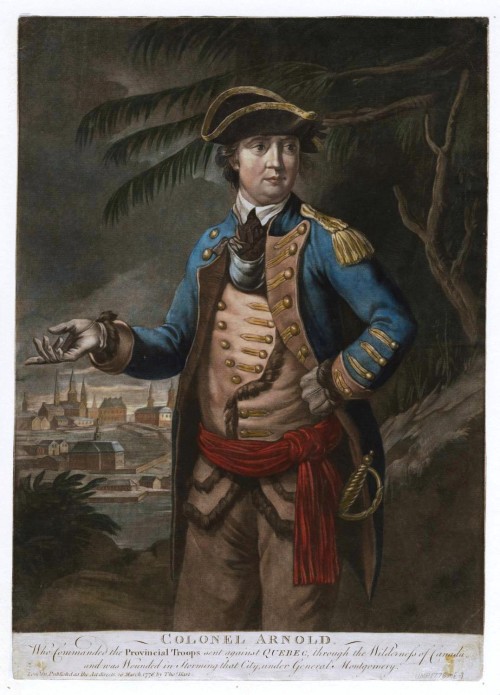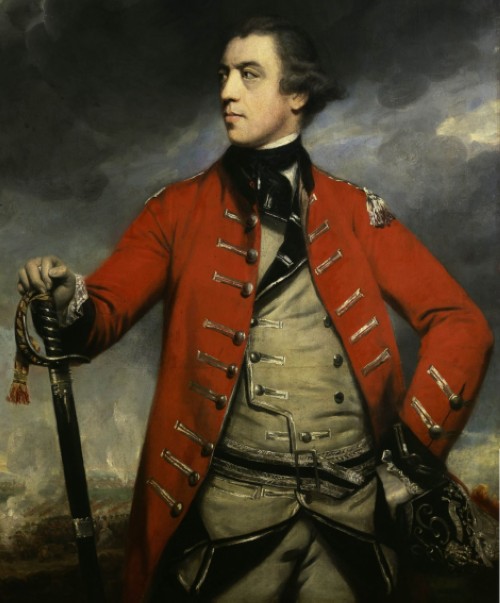Originally known as Fort Carillion, Fort Ticonderoga was built between 1755 and 1759 on the shore of Lake Champlain, near the border of Vermont and New York bordering Canada. Constructed by the French, they believed that control over Lake Champlain would prove to be a beneficial factor for their forces over the years.
Before Ticonderoga, the French had built another fort, named Crown Point or Fort St. Frederick, on Lake Champlain. Once the French occupied both forts, they had complete control over the lake and its channels of water, which provided access to supplies from the Atlantic.
Lake George drains northwards into Lake Champlain by means of the La Chute River. La Chute River is full of rapids and many falls, some of which pass near Fort Ticonderoga.
From the La Chute River, Lake Champlain was connected to the Hudson River by a 60-mile long canal called the Champlain Canal in 1823. The Hudson River is a major river running to the Atlantic Ocean.
The British Take Ft. Ticonderoga from the French During the 7 Years War
By July 8th, 1758, the fort was defended by a group of Frenchman under the command of Louis-Joseph le Marquis de Montcalm, who had served the British King during the Seven Years War. When British soldiers came to attack, the French easily defeated them.
This is said to be the greatest French victory over the British during the Seven Years’ War (or French Indian War).
The following year brought the British back to Fort Ticonderoga in another attempt to reclaim the land. This time they were successful.
The British actually laid siege of the fort for three months. French troops finally retreated north, but not before blowing up magazines, powder, and warehouses. (The warehouses they blew up have since been rebuilt so that all Americans can see and remember.)
The Patriots Take Ft. Ticonderoga During the American Revolution
When the American Revolutionary War began, Fort Ticonderoga was still in British hands.
On May 10th of ’75, Benedict Arnold, Ethan Allen, and the Green Mountain Boys brought it under American power for the first time.

Benedict Arnold painting as a colonel during 7 Years War
The First “Battle” of Ticonderoga was a lucky one that involved no gunfire. It has been referred to as both the siege and the battle of Ticonderoga, but it is more often called a siege because no blood was spilled that night.
Allen is said to have told the British commander and his small amount of guards around Ticonderoga to come out “By the name of the Great Jehovah and the Continental Congress.”
William DeLaPlace, the British commander in charge, quickly surrendered to the Americans.
Once the Americans laid hold of the fort, they guessed that things could only go uphill from there. Not only was Fort Ticonderoga a great source of waterway transportation, but it also held much ammunition and many cannons that the Americans would need to be rid of the British for good.
Unfortunately, the Americans did not hold Ticonderoga for long.
The Colonists Lose, then Regain, Ft. Ticonderoga
In October of 1776, British General Guy Carleton sought to gain access to Ticonderoga by means of Lake Champlain. The British drove hastily built American ships from the lake in the battle of the Valcour Island, which is generally noted as the first naval battle of the American Revolutionary War.

The attack on the Valcour Islands was won convincingly by the British forces, but commander Benedict Arnold managed to drag the battle out until snow began to fall, marking the beginning of winter and delaying the British attack on Ticonderoga.
It was the following summer before General John Burgoyne arrived to take Fort Ticonderoga back from the Americans.
Burgoyne was successful; however, his campaign failed at Saratoga, and the Americans returned in September to retake Fort Ticonderoga for the last time.
The small force of 500 men sent by the Americans were unable to take the fort, but when Burgoyne surrendered at Saratoga on October 20, the British simply abandoned it in early November.


